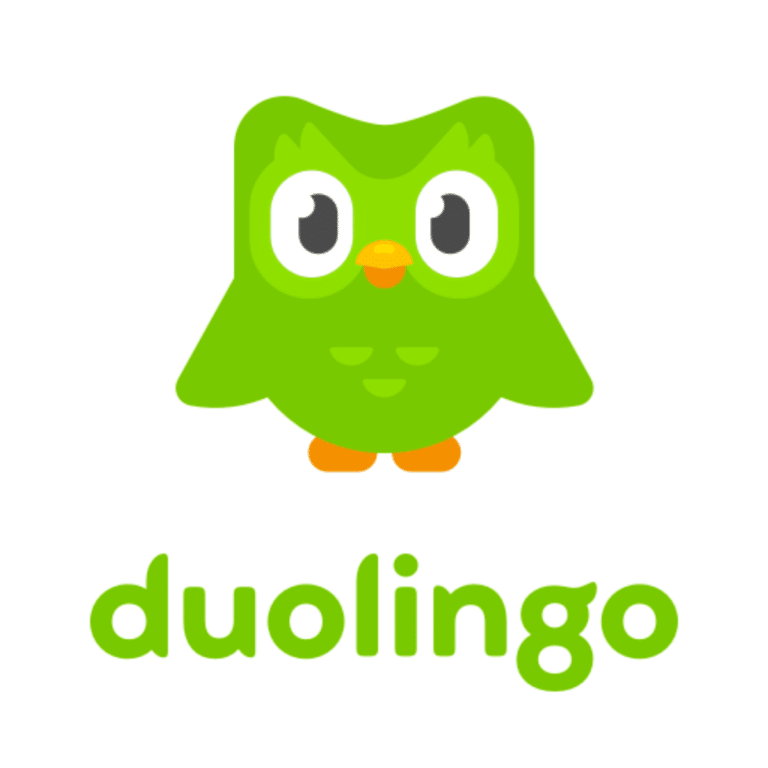Most smartphone users have probably heard of, or even used, Duolingo. Duolingo is an education app that can be used to learn multiple languages at once. The app features include games, rewards, and immediate grading. This is how Duolingo has become an addictive and fun way for people of all ages to learn more than 20 languages.
An app such as Duolingo can be really inspiring for young entrepreneurs. Even if languages don’t interest you, there is definitely something to take away from how successful the Duolingo app has become. Read on to find out how it started and how it has inspired so many people to take on a new challenge!
Why Did Luis von Ahn Start Duolingo Start?
You might be wondering, how does someone start an app like Duolingo? Luis von Ahn, co-founder and CEO, had the idea to make a platform that could help people who have minimal access to education learn a language. Growing up in Guatemala, he noticed there were many people who went without education. This was usually because they were too poor to afford it. He also wanted to generate more job opportunities for people who don’t speak English.
“If you learn English in a non-English speaking country, your job prospects increase by a lot,” Von Ahn explains in a video on Duolingo’s YouTube channel. He knew the app would make an impact on people in developing countries. He even added English speaking certifications through Duolingo with an English speaking proficiency test.
Most education apps in 2012 were expensive. This is why Von Ahn saw the need to create something that would be attainable for all types of consumers. Duolingo users have the option to learn for free. Plus, the app becomes more and more personalized as it learns your desired methods of learning and capabilities.
How Was Duolingo Able To Achieve Rapid Growth
Of course, learning a new language without having to pay for classes is pretty cool, to begin with. Users can apply this skill to a career, traveling, or just for fun. Many people pay a lot of money in tuition to learn the same skills that Duolingo is offering for free. Plus, it can be done anywhere and anytime.

Duolingo offers a diverse array of languages, too. One of them includes Latin, which many would say is a dead language. While technically all native Latin speakers are deceased, many argue that it is useful because it evolved into other Romance languages. It also has a presence in medicine and law. Duolingo recognizes that it never hurts to have as many options as possible. This means they can market to a wider variety of audiences.
Interestingly, Duolingo actually helps people learn languages faster. According to their website, thirty-four hours of using the Duolingo app helps people learn as much of a language as a university class. This means users will achieve their goals sooner and be able to apply their new language skills much quicker. But how did they become so popular so fast?
Duolingo did 3 things that allowed it to massively outpace its competitors.
They Made Learning Fun

Duolingo used what is called gamification to turn learning exercises into fun activities. Writing, listening, and reading are all parts of these games. Using all three learning tactics allows Duolingo to cater to different people. As with most games, players earn rewards on the Duolingo app. The rewards include coins and reaching new levels.
The beauty behind this strategy is the dopamine release that we all receive when we accomplish something. This is why in video games they have levels and bosses. They know that for every level you achieve there is a dopamine release, so they sprinkle levels into the game to keep you hooked. Duolingo did the same thing but with education.
If they just made the app boring lectures then people would get bored of it fairly quick, the same way we do at Universities. However, by making Duolingo feel more like a game, the students want to keep learning so they can continue achieving the various awards.
They Implemented a Freemium Model
Duolingo also implemented something referred to as the freemium model. The big benefit of using a freemium model is that freemium products are likely to increase retention and customer loyalty. Whereas, a free trial, for instance, you just use it for the duration of your free trial, and then cancel… or just switch emails. Because it costs little to no money to have someone use your freemium product, it is a great way to leverage word of mouth from current users, and build a relationship with them.
The freemium model doesn’t just mean you make no money off your users though. Most times, a freemium model means you have to watch ads, so although you aren’t getting paid from the consumer you can still be getting paid from the advertisers on your platform.
Duolingo Split Tested Everything
Duolingo put a huge emphasis on data when they started. Everything from the lessons they would teach, to what languages they would offer were all backed by data.
One of Duolingo’s most significant optimizations was actually quite subtle. They noticed early on that many users were using the app but not signing up. To encourage signups, they moved the signup page to the end of the application instead of the beginning. They theorized that if people could use Duolingo first before being asked to make an account people would be more likely to follow through.
And they were right! They saw their signup rate increase by 20%. However, they never would have never got to this conclusion if they weren’t continuously testing on their app.
What Can You Learn From Duolingo’s Business Model?

Duolingo is different from other educational apps. In addition to being fun, it also helps keep its users’ eyes on the prize. It sends notifications that serve as reminders to practice every day. Many people have stated that this leads them to devote time to their daily routine of doing their language exercises. They also allowed their users to learn for free, which led to people trying out the platform with no cost to them
Duolingo has now put itself on the market and caught the attention of many people. In 2019, its net worth increased to over one billion dollars and has offices in New York, Seattle, and Beijing. As they make more money, they expand their language options which draws more people to use the app.
Duolingo is so well known that it was even featured in a skit on the iconic comedy show, Saturday Night Live. While this may seem irrelevant to their business model, it shows that Duolingo is a household name. The writers of SNL knew that viewers would recognize the brand’s logo, a green owl, and understand the context of the skit. In a way, the show did Duolingo a favor by giving them free advertising.
Key Takeaways
Duolingo has clearly soared over the past few years. It went from a new fun app to learn a language, to a household name in a pretty short period of time. This isn’t an easy feat, but developers looking to become as successful as them can definitely learn something from their story.
Again, the three key aspects of Duolingo’s growth is: making learning fun, allowing people to use the platform for free, and testing everything. By leveraging these three features, Duolingo has been able to enter the lives of over 300 million users and become the most successful language learning app in the market.
If you liked this article, you might also enjoy reading The Top 5 Apps for Productivity, another great article about apps that can be applied to any hard worker’s daily life.


